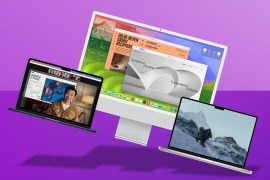100 Best Gadgets Ever: The Silicon Age
Games consoles, video recorders, portable music and personal computers - the modern world as we know it starts here
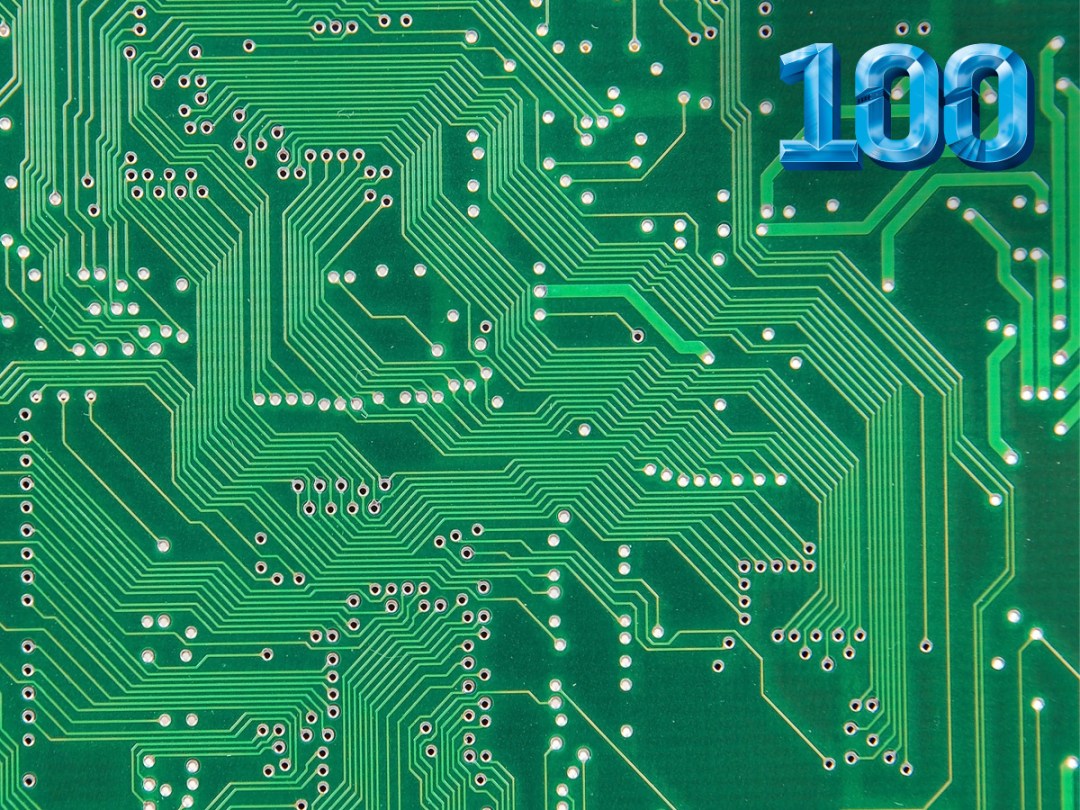
Not that long ago computers were made from vacuum tubes, resistors, capacitors and goat dung and were so big they had their own weather systems. In an alternate universe, humanity continued down that path and your alter-ego is reading this on a mobile phone the size of a kettle.
Fortunately, a few clever people invented the integrated circuit and then the silicon microprocessor. In a single generation, computers went from being the tools of science and industry to the playthings of the proto-geek, finding their way into all kinds of tech and making possible many of the entries in this feature.
In short, The Silicon Age is where things start getting interesting. So settle down and see what’s made our shortlist. And if you’re reading this in an alternate universe, you might want to put down your kettle-sized phone for a rest halfway through.
Image credit: Shutterstock
READ MORE: CHECK OUT THE FULL 100 BEST GADGETS EVER LIST HERE
VOTE ON YOUR FAVOURITE GADGET TO WIN AWESOME PRIZES
JVC HR-3300 (1976)

Arriving in 1976, the HR-3300 VHS VCR was yet another life-changing Japanese product. No more would you miss your favourite episode of Columbo because you were out disco dancing – this hulking beast would record every minute of it for you. Amazingly, it didn’t use any custom-made parts: all its innards can be purchased in any electronics store, even today.
ATARI 2600 (1977)
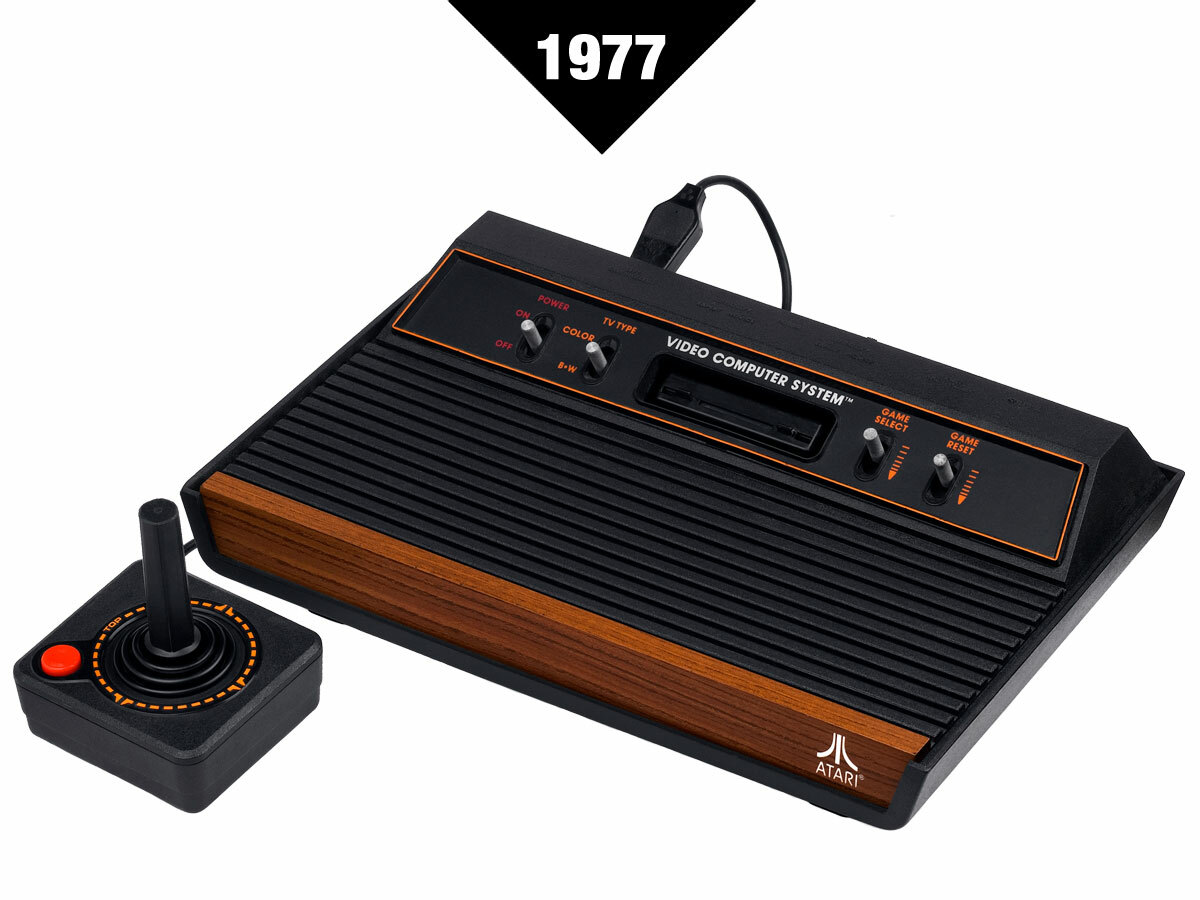
With its wood-effect case, simple one-button joysticks and blocky graphics the 2600 looks like a bit of a relic today – but then again, it’s easy to underestimate what a revelation it was being able to play Battlezone and Pac-Man at home with your friends. This was the console that really brought the arcade machine experience into the front room – the grandfather of the PS4, if you will.
Sony Walkman (1979)
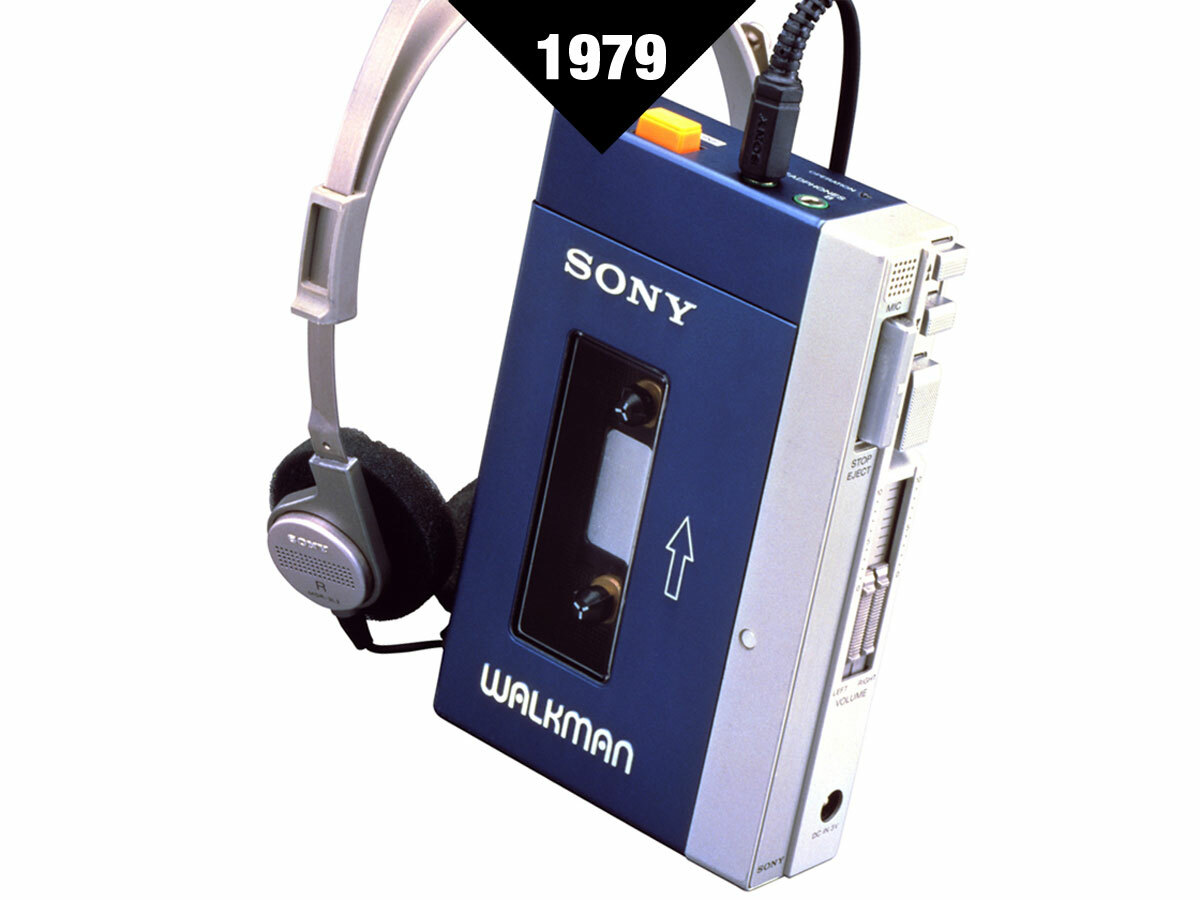
Before the Walkman, listening to your own music involved a plugged-in hi-fi or a giant boombox on your shoulder. The idea of a ‘personal stereo’ was a mere fantasy until the magicians at Sony managed to shrink a cassette player to a size that would run on batteries and clip to your belt, though to begin with it was still pretty big. They continued to be produced until 2003, overlapping with the first iPod by two years.
Roland TR-808 (1980)
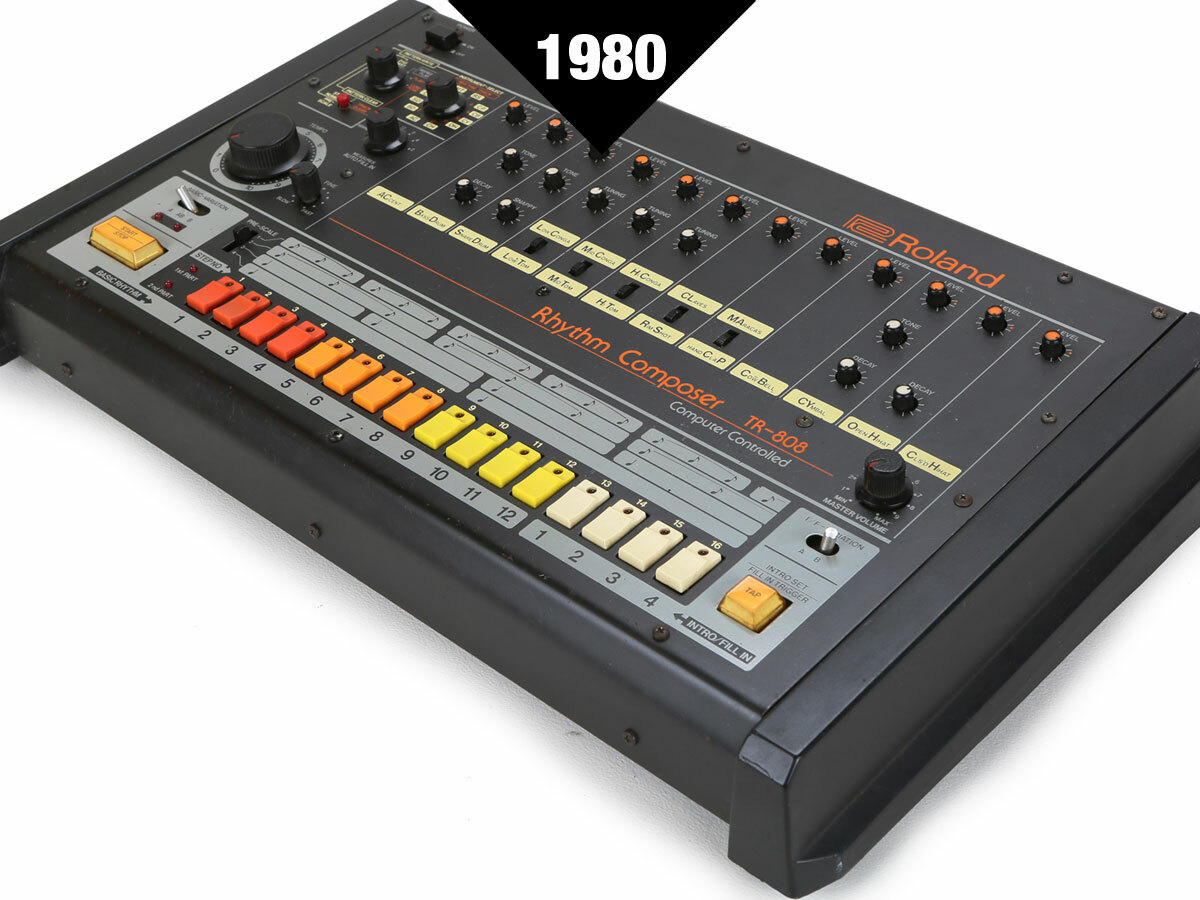
A gadget that was out of the limelight but still touched the lives of nearly every music lover through the tracks it produced and styles it influenced. The TR-808 was an ’80s analogue synth drum machine that provided the signature sounds for everything from Marvin Gaye’s ‘Sexual Healing’ to tracks by Public Enemy. The band 808 State even named themselves after it.
Audi Quattro (1980)
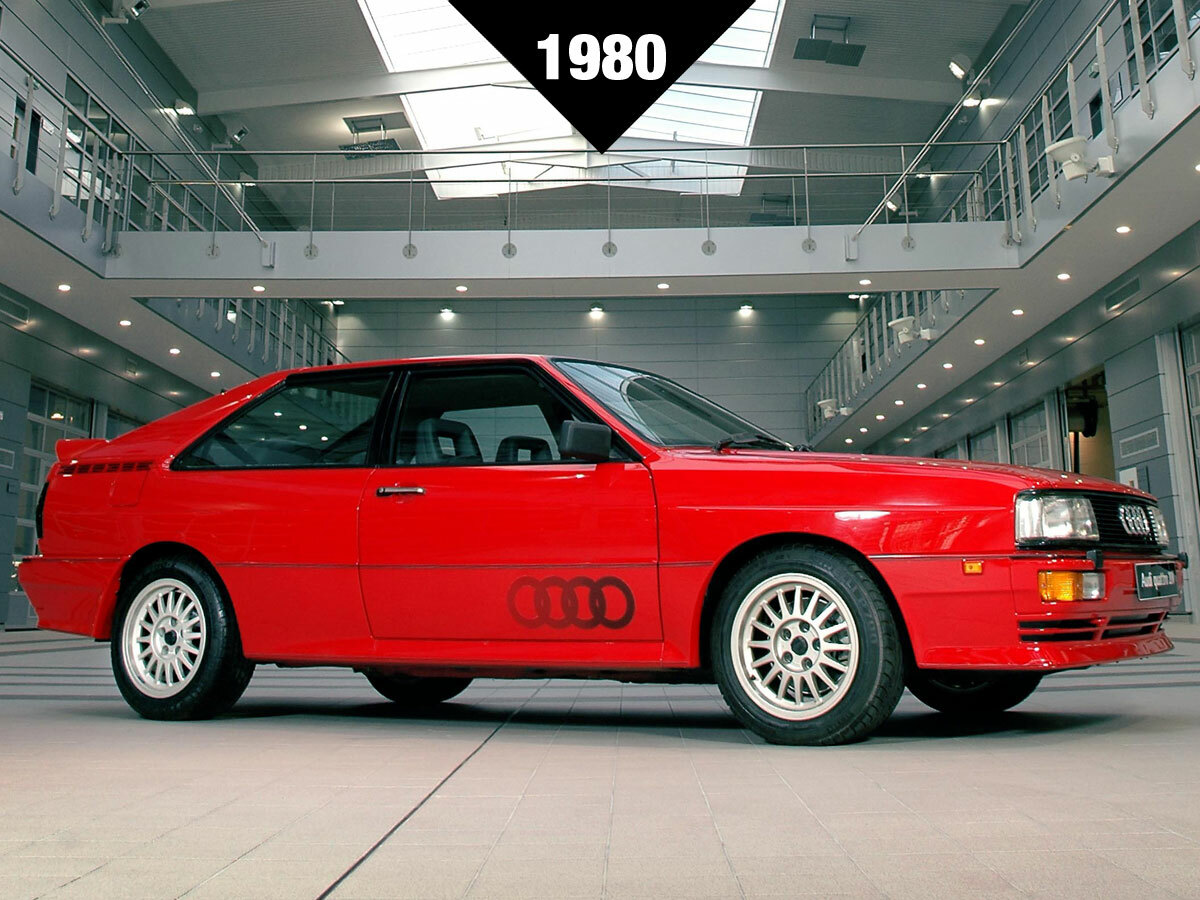
Nissan, Porsche and even Ferrari are proving that you can often go much faster with power in all four wheels. And, obviously, rally cars have been 4WD for years. The daddy of them all is the Audi Quattro, which proved devastatingly effective as both a road and rally car, not to mention one of the coolest cars of the ’80s. Audi keeps threatening to bring it back. Let’s hope so. Chas Hallett, Autocar
IBM PERSONAL COMPUTER (1981)
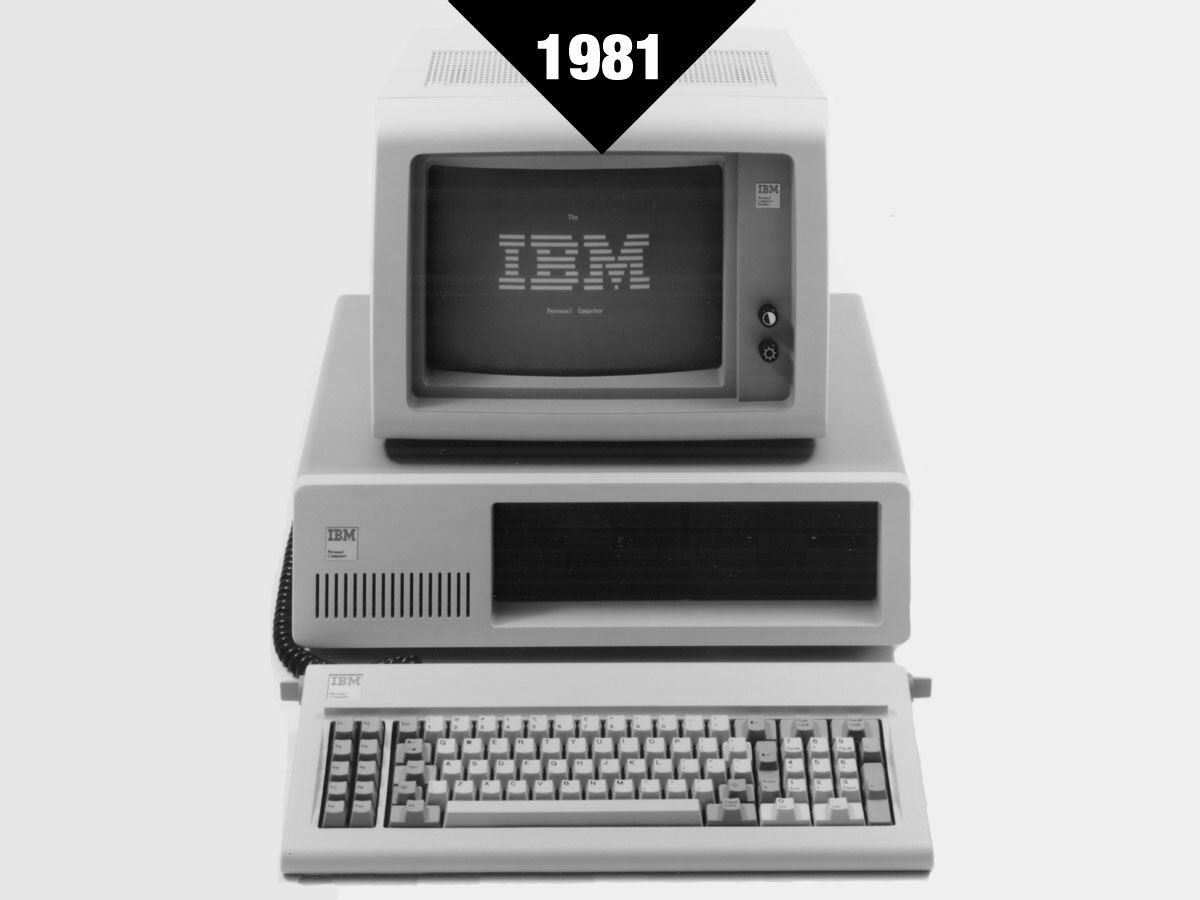
The start of the movement of computers into the home was heralded by IBM’s entry into the burgeoning market. By flinging open the doors to its technical specifications and software, IBM encouraged the development of third-party software and peripherals, helping to create the ‘IBM PC-compatible’ standard and helping young companies such as Microsoft get a foothold at the same time.
SONY CDP-101 (1982)
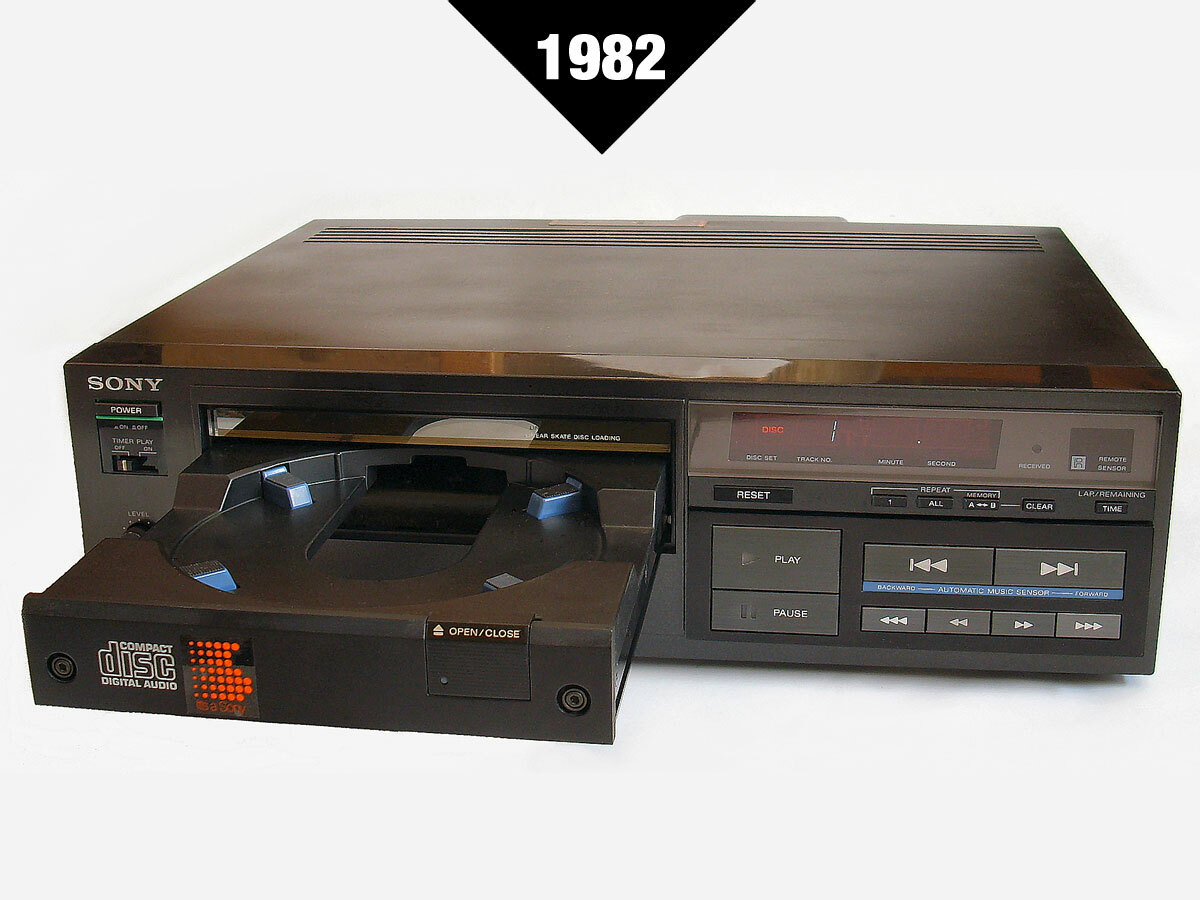
Introducing Sony and Philips’ own ‘compact disc’ format to the world, the CDP-101 was the very first commercially available CD player. It brought digital music to the masses and was the death knell for the magnetic cassette tape thanks to CDs’ higher quality, longevity (when treated well and put back in the case) and ability to skip almost instantly between tracks.
SINCLAIR ZX SPECTRUM (1982)
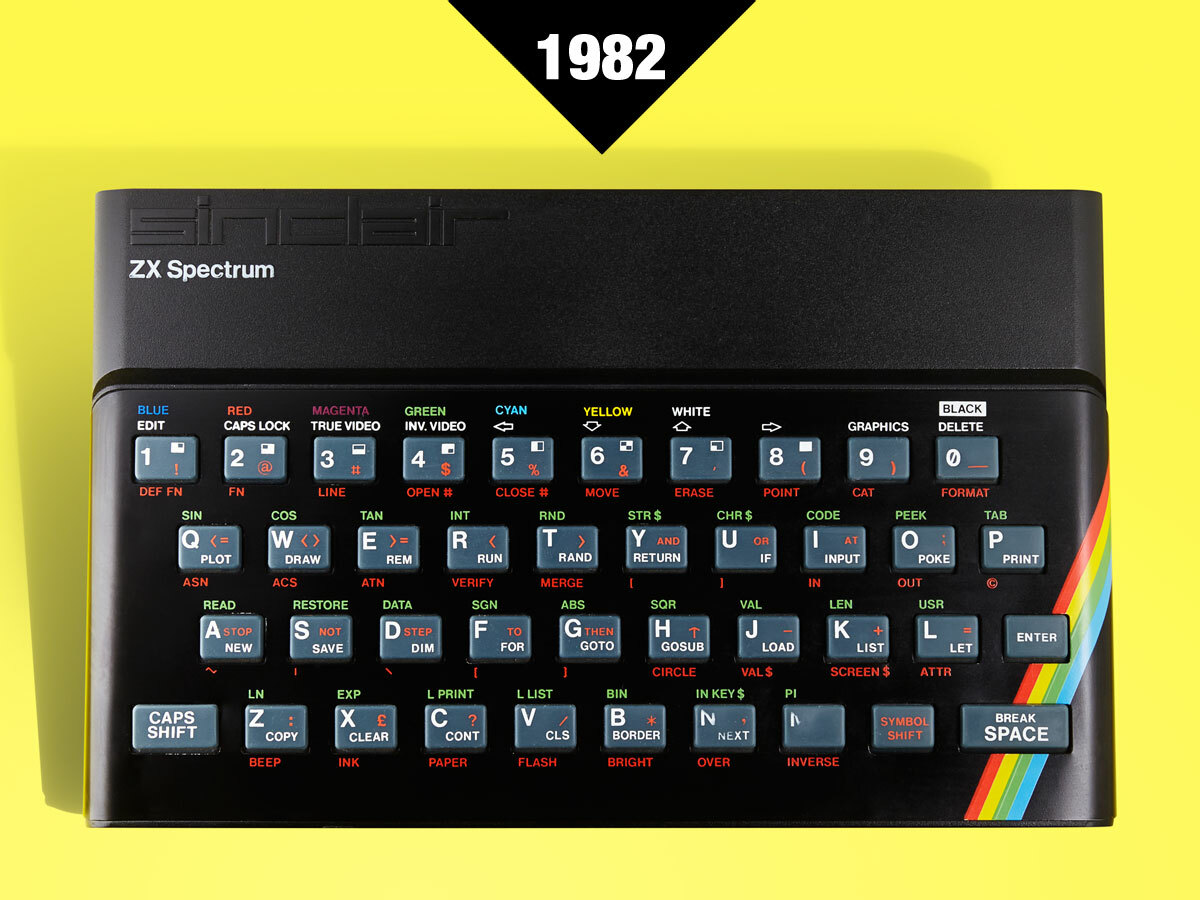
The Spectrum is one of Britain’s great computer triumphs, cooked up by the brilliant but bonkers Sir Clive Sinclair, who went on to invent the even more bonkers Sinclair C5 electric trike. The Spectrum was tiny (everything was contained inside the keyboard) and it was cheap thanks in part to the fact that you could plug it into the TV you already owned. It also allowed users to write their own programs, encouraging a flood of bedroom programmers to begin tinkering and eventually create some mighty fine games such as Jet Set Willy and Manic Miner. The unmistakable sound it made when loading a game off a cassette tape is imprinted in the minds of a generation.
Seiko TV Watch (1983)
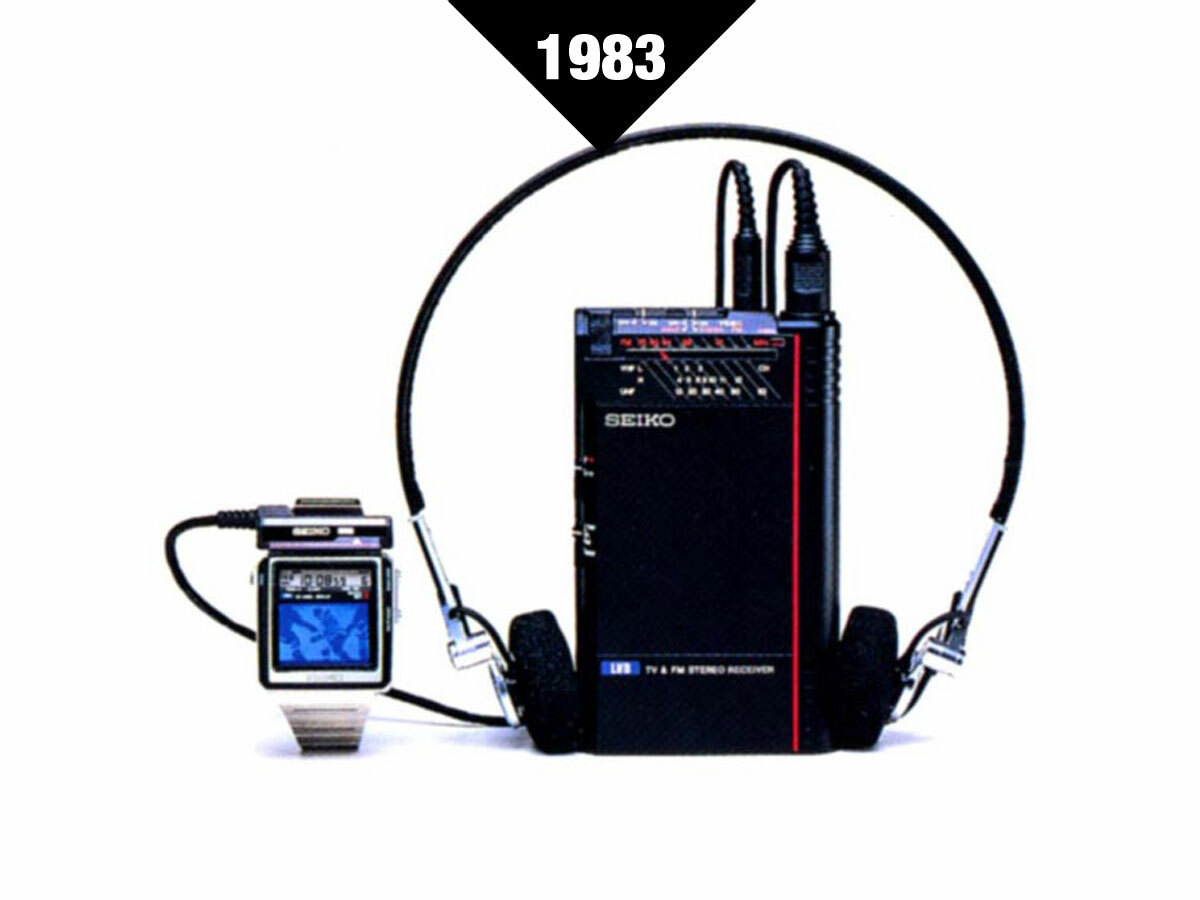
With a tiny 1.25in LCD screen that you could watch TV on, this watch was nothing short of miraculous considering electronic digital timepieces had only been around for a decade. Still, when you did want to watch telly, you had to connect it up to a receiver box that would fit in your shirt pocket. It even appeared on James Bond’s wrist in Octopussy, though with a fake colour screen.
NINTENDO ENTERTAINMENT SYSTEM (NES) (1983)
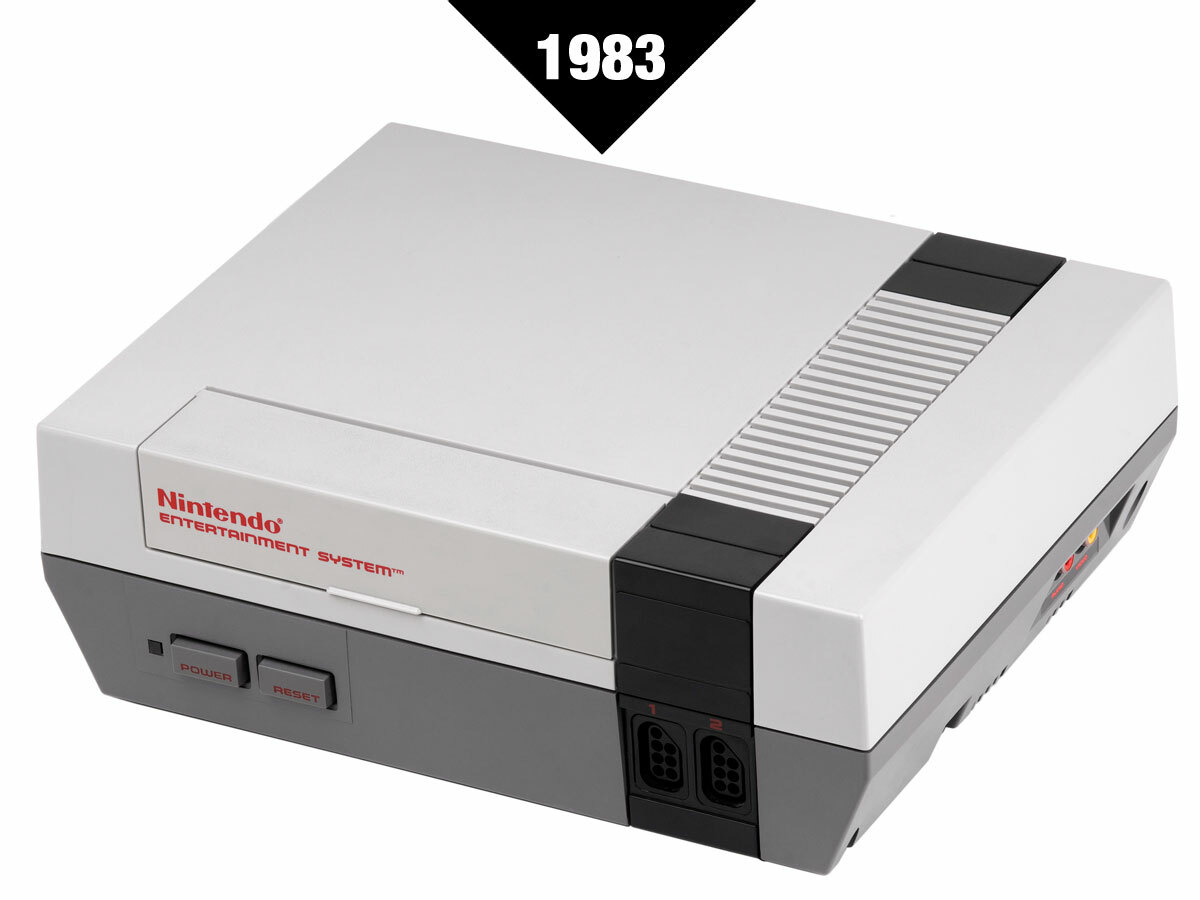
The console that launched Nintendo’s unique brand of gaming and introduced the portly plumber Mario and his pals, the 8-bit NES took three years to make it from Japan to the UK. Bringing Nintendo out of the arcades and into the home revitalised the market that many thought had run out of steam after the Atari 2600. It even let us shoot ducks from our sofa with its light gun accessory.
READ MORE: The 30 best things to watch on Netflix



